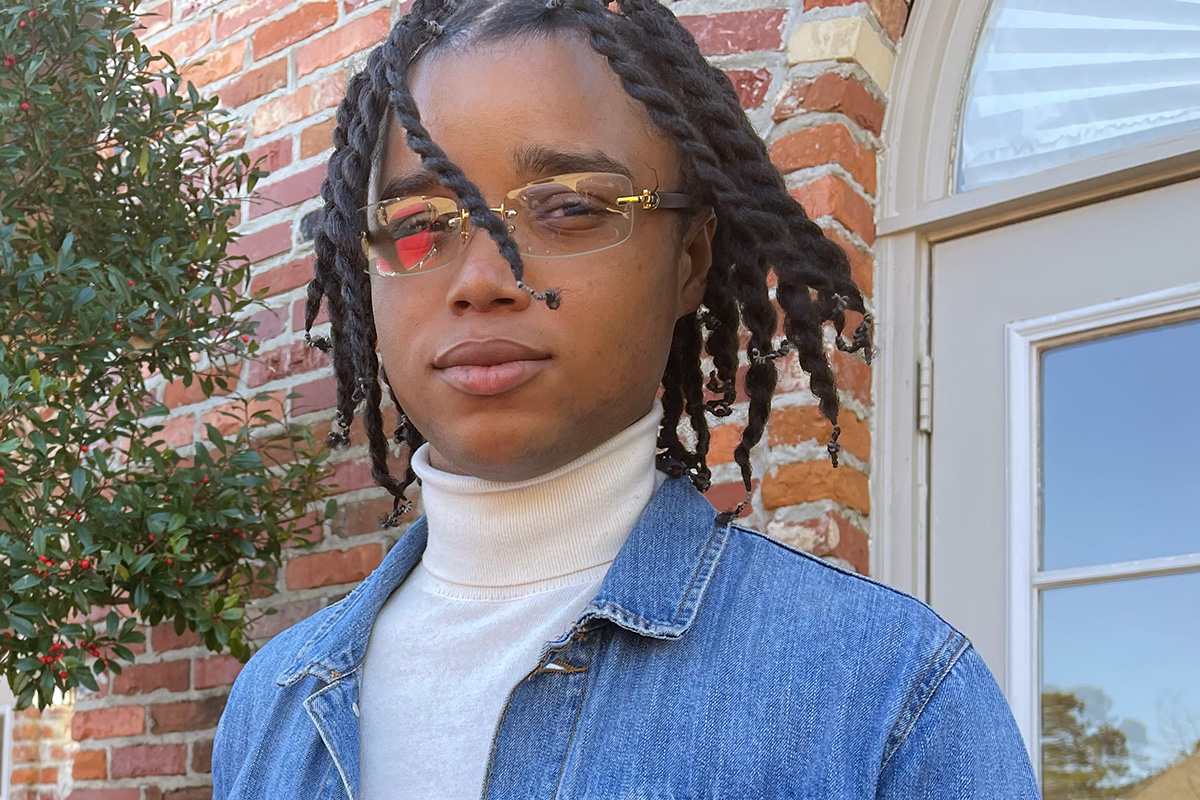In the last week, the Mississippi Free Press led the news cycle with reporting about a young Black FedEx driver’s horrific allegations about two white men shooting at him and then chasing him in Brookhaven, Miss. Much ensued since Ashton Pittman dropping his original story and interview with D’Monterrio Gibson 10 days ago on a Friday night and it started going viral nationally through our social and reader networks.
What transpired between Ashton dropping the original story and CNN doing a long piece (for them) talking to D’Monterrio Gibson later in the week—and FedEx then announcing Friday that it was reversing its position that he had to take unpaid leave—is a textbook example of how MFP’s approach to journalism has major impact. This reporting cycle shows how we go about it in a different way that attracts who needs to be heard, and who often are not. Allow me to explain briefly.
More Important Than A ‘Scoop’
Ashton did not “break” the story in Mississippi to use the rather antiquated language of old-school journalists always looking for a “scoop” and who would have rather walked on nails back in the day than collaborate with and lifting up other media. (Some still are like that.) In the FedEx shooting case, as you can see in Ashton’s early coverage and tweet threads, the story had gone around on social media earlier in snippets and the daily paper in Brookhaven had reported some basics about the accusation as had at least one TV station. (TV news directors are especially allergic to crediting other media for stories they incessantly try to claim as their own for their ratings races.)
What Ashton did was give vital context and report all of it, not cherry-picked sound bites. This included my earlier Mississippi Race Violence Project indepth piece about the Lamar Smith 1955 lynching on the courthouse lawn in Brookhaven (with context of earlier lynchings) and Dick Scruggs’ MFP Voices companion piece calling for a courthouse marker for Smith in his hometown. We do our historic pieces to educate about hidden history and to provide context to new events as we need to pull them into stories and social threads. This is a key way we use real history to frame current events; we constantly pull forward our archives.
Of course, Ashton did not shy away from the racial dynamics of the current allegations or what happened to the driver after the fact, as Mr. Gibson was told to return to the same route and that his leave would not be paid. As national media and figures elevated Ashton’s story—our third nationally viral piece in two weeks along with Nick Judin’s contextual Ridgeland library “scoop” and Ashton breaking the Roger Wicker comments on a Black woman on the Supreme Court—it also spread locally and among Mississippi expatriates.
A Black woman who grew up in Brookhaven, Lawanda Dickens, was incensed at the Black Brookhaven police chief using “outsider agitator” rhetoric of the past and denying racism in today’s Brookhaven. She frantically reached out to us every way she could find to pitch us an powerful MFP Voices piece about the chief’s response to the FedEx shooting.
Then on Thursday, Ashton asked MFP reporter Kayode Crown to tag-team and cover the Gibson family and attorneys press conference about the case. By then, and after dozens of national and regional outlets had elevated Ashton’s reporting on the case, CNN was at the presser, too. By the time Kayode’s story about the presser, with his wonderful photos, dropped Friday morning, he led it with the news that FedEx had reversed its stance on Mr. Gibson’s unpaid leave. This, of course, came after a huge national and social-media outcry on the heels of Ashton’s viral story.
How Journalistic Impact Should Work
This timeline, of course, is how journalistic impact should work. Start with truthful reporting on the ground, elevate it through networks so people throughout Mississippi and beyond are talking about it, and then keep reporting the story to keep it alive to ensure that action and needed impacts occur. It is also the opposite of chasing a “scoop”—that’s usually a one-and-done story that gives a reporter or editor a rush of adrenaline, but usually does little to serve the community or lead to real impact.
Frankly, I could diagram the Ridgeland Library story (it’s received more than $110,000 in donations since Nick’s original Jan. 25 story and a submitted MFP Voices piece in response) and the Roger Wicker story (which meant that stunning comments to a sympathetic local talk-show host and his small audience got the proper national attention and query) in much the same way.
This is how we roll.
Needless to say, I’m proud of our driven, focused, mutually supportive reporting team and the larger staff, all of whom respect, support and lift up each other’s work. And thank you for supporting them and helping us grow this team carefully and steadily to maintain this high level of journalism and impact for Mississippi and the nation.
This MFP Voices essay does not necessarily represent the views of the Mississippi Free Press, its staff or board members. To submit an essay for the MFP Voices section, send up to 1,200 words and factcheck information to azia@mississippifreepress.org. We welcome a wide variety of viewpoints.






